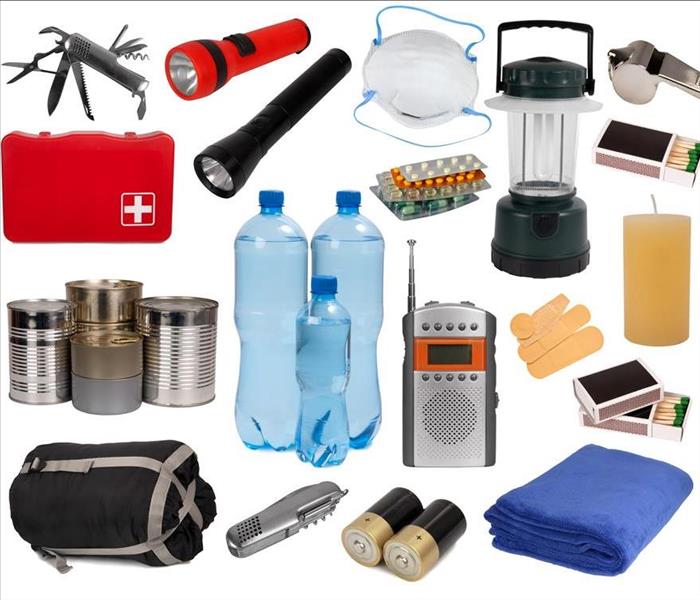4 Important Facts About Nor'easter Storms
5/22/2022 (Permalink)
Nor'easter Facts
A Nor’easter is a powerful, low-pressure storm system that impacts the northeastern United States. These storms are responsible for some of the most remarkable snowfalls in American history, such as the 1888 Blizzard, the 1978 Blizzard and the 1993 Blizzard.
People located in Park Hills, KY, should prepare for severe weather by watching the news, having an emergency preparedness kit and knowing the following Nor’easter facts.
1. How and Where They Form
Limited to the eastern United States, these events typically originate near the coast of Georgia and New Jersey. Cities such as Boston, New York City, and Washington D.C. are particularly vulnerable due to their locations.
When warm Gulf Stream air mixes with cold air traveling down from Canada, it creates an unstable weather pattern. As the storm strengthens, it moves up the east coast with increasing intensity.
2. The Two Classification Categories: Miller Type A and Miller Type B
In 1946, scientist J.E. Miller began to classify the weather events as either Type A or Type B. The main difference between the types is where the systems develop. Type A versions are the most common and originate in the Gulf of Mexico, while the rarer Type B events form in the Midwest and travel east.
3. What to Expect: Snow, Flooding and More
A Nor’easter can cause blizzards, excess water and high winds. Storm season typically runs from early fall through spring.
During a storm, power outages, transportation delays and flight cancellations should be expected. If your home sustains damage, a severe weather remediation specialist can help you get back on track.
4. How To Prepare
All households should have an emergency preparedness kit for weather emergencies. It should include extra water, canned food, a flashlight, a battery-operated radio and blankets. Travel should be avoided, if possible, until the threat subsides.
A Nor’easter can cause power outages and travel disruptions. However, with preparedness and weather monitoring, they can be safely endured.

 24/7 Emergency Service
24/7 Emergency Service
